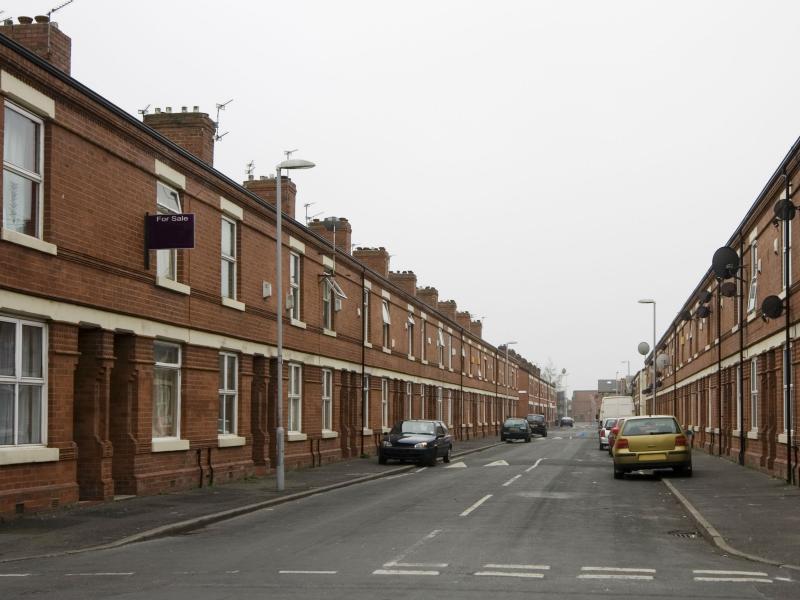Hugh Knowles04 Sep 2019
The problem
With climate change racing up the agenda, there is greater acceptance that urgent action must be taken to reduce greenhouse gas emissions.
The good news is that we are in the midst of a renewables revolution. Renewables are competitive and should continue to grow rapidly.
But this revolution needs more support to reach poorer communities. The Feed-in Tariff (FIT) in the UK was a good stimulus, but the first adopters were often those individuals and investors who could afford the upfront costs. The FIT was reduced too quickly and it excluded many. Some models sprang up that gave companies ownership of the assets and roof space involved to reach those poorer communities, but this approach could lead to further alienation and does not build community engagement.
The challenge
How do we continue the work of the FIT and ensure that poorer communities can benefit, feel part of and own the revolution?
The idea
The People’s Renewables Revolution encourages those that benefited most from the Feed-in Tariff to pass on the benefit to others. The aim is to build a movement of generosity to provide pilot funding for projects and tell the story of a people-led energy revolution.
The benefits
Unless this scales dramatically it is unlikely it will bring in enough money to make a substantial change to renewable generation. But even if a small percentage of FIT beneficiaries participate it will create meaningful change and it will tell a powerful story. This is about feeding a grassroots revolution in attitudes to renewables as much as increasing power generation. The visibility of rooftop installations is a powerful sign of change where it is not currently common.
How does it work
The scheme will be owned by the community or the individual. It will be combined with other measures such as storage and insulation to boost benefits. Hardware such as panels and batteries will be bought in bulk to reduce costs.
Got solar – Give Solar
The aim is to target domestic customers who have benefited from the FIT and who are likely to have paid off their photovoltaics (PV) installation. They will be asked to pass on a percentage of their FIT to those who missed out the first time round. Given the changes in the cost of renewables, it only requires a small amount of money to make financing of additional installations financially viable. If the approach can be demonstrated in a pilot area it will create a powerful narrative and build momentum. It will also highlight the inadequacy of the government’s current approach.
The scheme will be combined with other measures such as storage and insulation to boost benefits. Hardware such as solar panels and batteries will be bought in bulk to reduce costs.
Step 1 Test the framing
Test the Got Solar – Give solar framing with potential target audience. Try difference ways of explaining how it would work and how it would benefit people in their local area. Maybe organise a small group of users and then perhaps try distributing flyers locally or work with an energy company to approach potential customers.
Step 2 Identify potential test sites
Identify areas where there has been high uptake of domestic PV before April 2013. We believe this can be done with a data approach but it is also possible to use historical satellite imagery. If not, then it might just require a pot-luck approach of trying areas of high domestic PV and hoping a high enough percentage got the FIT.
Step 3 Experiment with different models
Experiment with the best financial models to see how the money raised can deliver the greatest benefit to the community. For example, this might be using finance to create a loan for upfront costs that is paid off by cost savings or be used like a more traditional FIT to pay a regular monthly amount to people on the scheme.
Step 4 Local community action
We believe concentrated action in one or two areas combined with powerful stories will yield more benefits than a more distributed approach initially.
This means investing resource in a small pilot and quickly establishing a quick win of money invested in new renewables projects - even if only small amounts. Key to this approach will be using the project to build local connection in communities and engage people with the changes around them and the benefits.
How do we know it works
We have done some early testing with the target audience, funders and energy companies. The response has been positive and naturally raised questions about the approach. However, we have not had the capacity to move beyond this to more formal testing of the framing or financial model. There are questions about how it might scale as well.
If you want to find out more about our thinking, do get in touch.


